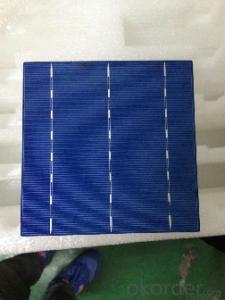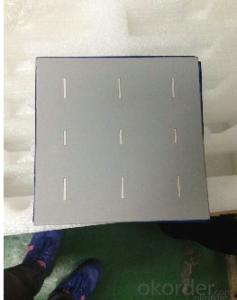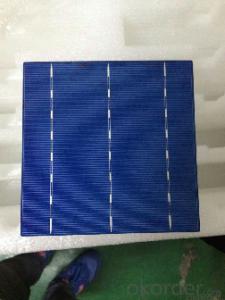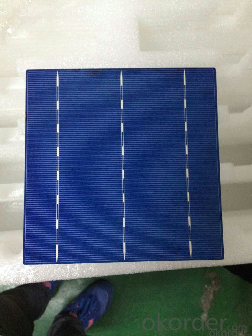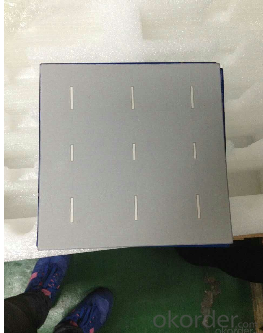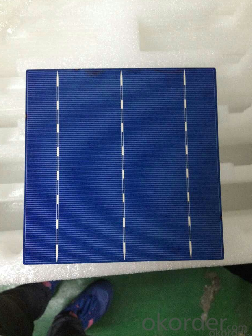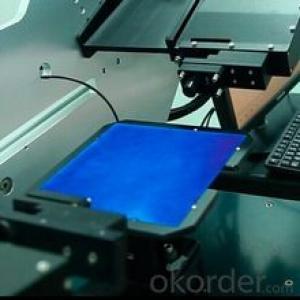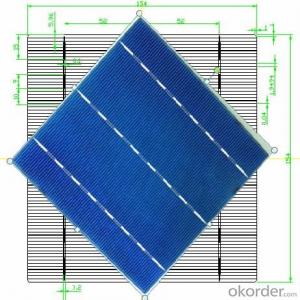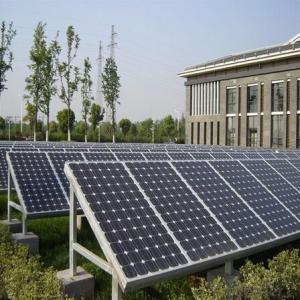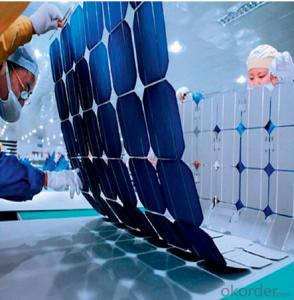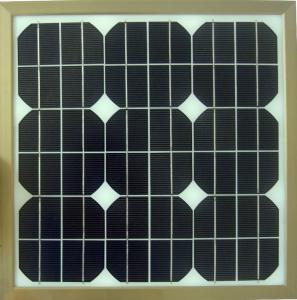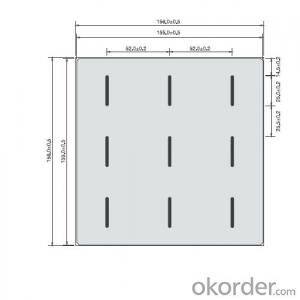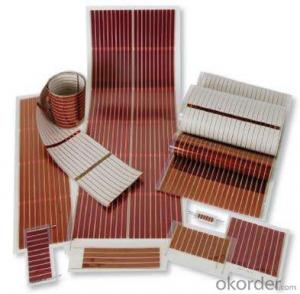Ternary Organic Solar Cells Poly Solar 156mmx156mm Cells from CNBM Solar
- Loading Port:
- China main port
- Payment Terms:
- TT OR LC
- Min Order Qty:
- 500 pc
- Supply Capability:
- 10000000 pc/month
OKorder Service Pledge
OKorder Financial Service
You Might Also Like
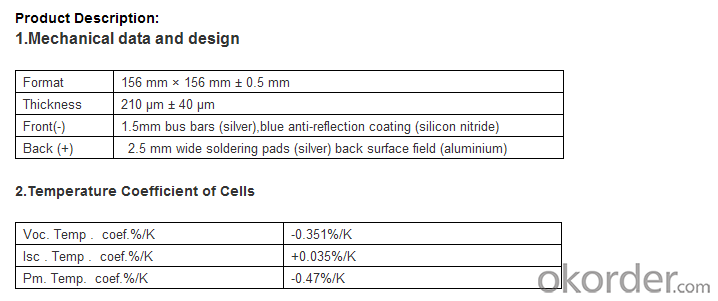

4.Specifications
1. High conversionefficiency
2.Superior quality
3.Lowest price
4.Certificate:CE,ROHS,IEC,TUV,UL.
5. Prompt delivery
5.Feature:
High conversion efficiencies resulting in superior power outputperformance
Outstanding power ourput even in low light or high temperatureconditions
Optimized design for ease of soldering and lamination
Long-term stability,reliability and performance
Low breakage rate
Color uniformity
6.Quality Assurance & Control
ISO9001 quality management system and ISO14001 environmentalmanagement system standard are completely implemented in our company's solarcell manufacture process.
1, classified efficiency grades by both minimum power and powercurrent
2, Screened for reverse current and shunt resistance
3, Constant reliability monitoring
4, Sorted into four defined color classes
5, Minimal button marks
6, No beading
7,Low warpage and bowing
8, REACH-SVHC and RoHS compliant
7.Images
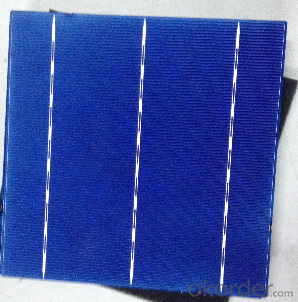
8.FAQ
What's your advantages?
1. High efficiency and High power.
2. Long-term electrical stability.
3. Lowest price and Fastest delivery.
4. Good quality and good service.
5. Bulk supply
6. Good Warranty
7. Big Sale
8. More than 25 years on the lifetime.
- Q: What is the role of solar cells in powering traffic signals?
- Solar cells play a crucial role in powering traffic signals by converting sunlight into electricity, which is used to operate the lights. This renewable energy source eliminates the need for traditional power sources and reduces reliance on fossil fuels, making traffic signals more sustainable and environmentally friendly.
- Q: How do solar cells perform in areas with limited space for installation?
- Solar cells can still perform efficiently in areas with limited space for installation through the use of innovative technologies such as rooftop and building-integrated photovoltaics. These systems maximize the use of available space, allowing solar cells to generate electricity even in compact urban environments. Additionally, advancements in solar cell design and efficiency have made it possible to produce more power from smaller areas, further optimizing electricity generation in limited spaces.
- Q: Can solar cells be used for powering electric vehicles charging stations?
- Yes, solar cells can be used for powering electric vehicle charging stations. This is known as solar-powered charging infrastructure, which utilizes solar panels to convert sunlight into electricity, which is then used to charge electric vehicles. This approach provides a sustainable and renewable energy source for EV charging, reducing reliance on non-renewable energy sources and decreasing environmental impact.
- Q: Can solar cells be used to power electric vehicle charging stations?
- Yes, solar cells can be used to power electric vehicle charging stations. Solar panels can generate electricity from sunlight, which can be stored in batteries or directly used to charge electric vehicles. This renewable energy source can reduce reliance on the grid and contribute to a more sustainable and environmentally-friendly charging infrastructure.
- Q: Can solar cells be used in transportation?
- Yes, solar cells can be used in transportation. Solar cells can be integrated into vehicles such as cars, buses, and trains to generate electricity and power various components, including lights, air conditioning, and even propulsion systems. This helps reduce reliance on fossil fuels, lowers emissions, and promotes sustainable transportation. Additionally, solar-powered vehicles can also have the ability to charge their batteries using sunlight, further extending their range and reducing the need for external charging infrastructure.
- Q: Can solar cells be used in satellite or space exploration missions?
- Yes, solar cells can be used in satellite or space exploration missions. In fact, they are extensively utilized in these missions to provide power to spacecraft and satellites due to their ability to convert sunlight into electricity efficiently.
- Q: What is the role of solar cells in powering agricultural irrigation?
- The role of solar cells in powering agricultural irrigation is to harness the energy from the sun and convert it into electricity. This renewable energy source is used to operate irrigation systems, providing power for pumps and other equipment required for efficient water distribution to crops. Solar cells offer a sustainable and cost-effective solution, reducing reliance on fossil fuels and minimizing the environmental footprint of irrigation practices in agriculture.
- Q: What is the role of bypass diodes in solar cell systems?
- The role of bypass diodes in solar cell systems is to prevent the damage caused by shading or partial shading of the solar panels. These diodes provide an alternate path for the current to flow when some portions of the solar panels are shaded, ensuring that the rest of the panels can still generate electricity efficiently. By diverting the current around the shaded area, bypass diodes help to maintain the overall performance and reliability of the solar cell system.
- Q: Why and what is the low efficiency solar cell?
- The first thing we need to think about when the solar cells is becoming low efficient is to measured the reflectivity of the solar cells.
- Q: Can solar cells be used for powering satellites?
- Yes, solar cells can be used for powering satellites. In fact, they are the primary source of power for most satellites in space. Solar cells convert sunlight into electricity, which is stored in batteries for use during periods of darkness or when the satellite is in Earth's shadow.
Send your message to us
Ternary Organic Solar Cells Poly Solar 156mmx156mm Cells from CNBM Solar
- Loading Port:
- China main port
- Payment Terms:
- TT OR LC
- Min Order Qty:
- 500 pc
- Supply Capability:
- 10000000 pc/month
OKorder Service Pledge
OKorder Financial Service
Similar products
Hot products
Hot Searches
Related keywords
